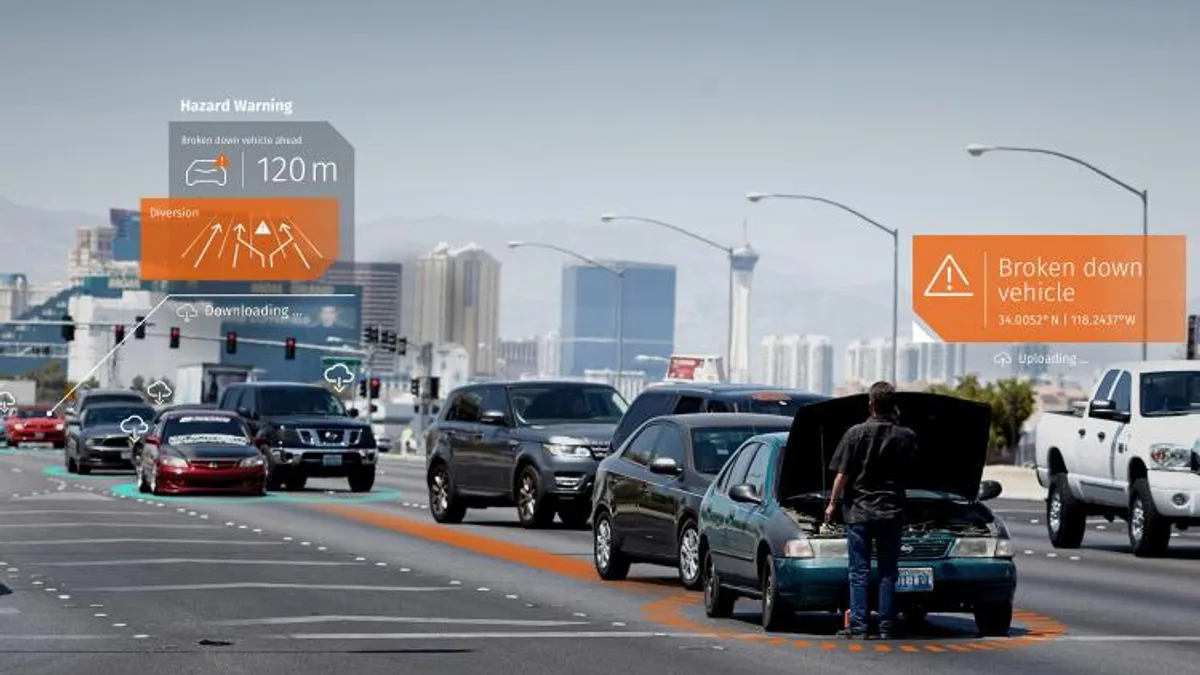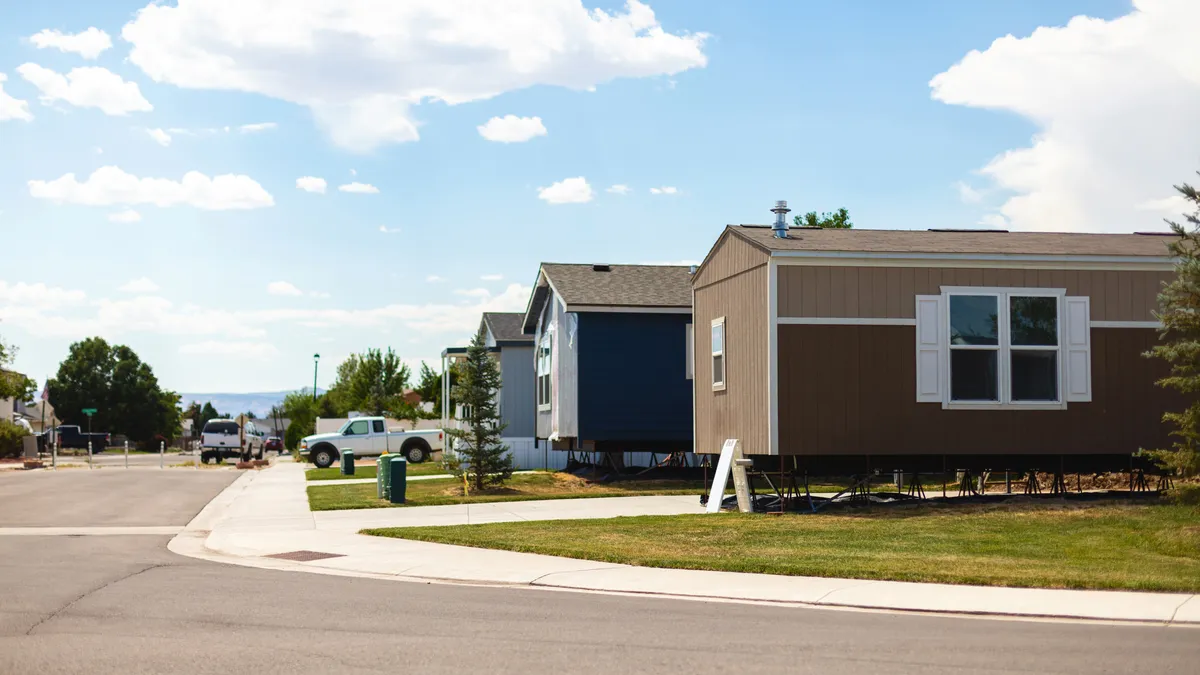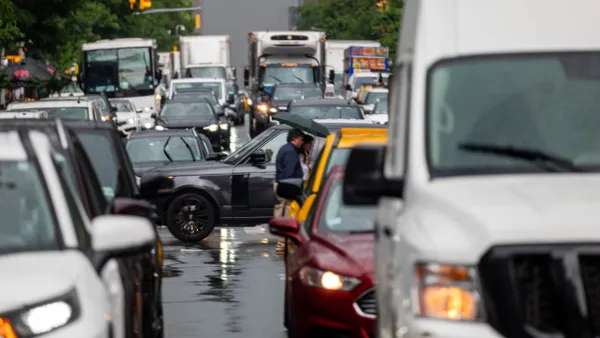Dive Brief:
- Mitsubishi Electric and HERE Technologies have completed a pilot on a vehicle-to-vehicle interface that can warn other cars on the road of potential hazards, according to a press release from the companies. They plan to make the technology available to other automakers for testing.
- The Lane Hazard Warning system would detect an event — such as a slowed vehicle, weather hazards or a pothole — and localize it to a specific lane. That warning could be transmitted through the cloud; the companies are also exploring ways to transmit the warnings to maps and to transportation officials.
- The companies completed a field test of the system in California at the end of March, following the first successful trial in Japan last winter.
Dive Insight:
As automakers and tech companies get autonomous vehicles (AVs) safe enough to operate on roads and appealing to consumers, they’re also working on connecting cars to infrastructure and other vehicles. Even before cars can be fully autonomous, connected fleets will help improve safety and reduce congestion, including by helping manage traffic through coordinated lights.
Lane Hazard Warning is a significant step to improving vehicle-to-vehicle (V2V) communication. Hiroshi Onishi, group president of automotive equipment at Mitsubishi Electric, said in a statement that the system would "give drivers a few valuable extra seconds or minutes to prepare for a potential danger on the road ahead, such as by switching lanes or simply driving with greater caution."
Another key application of Lane Hazard Warning or similar technology would be to send information on slow-downs and road problems to transportation officials in real time. That would allow crews to more quickly respond to potholes or slowed vehicles, and have a better idea of how problems are impacting traffic. For example, the Regional Transportation Commission of Southern Nevada has been working with Nexar’s CityStream, which uses data from smartphones in vehicles, to see how construction zones are slowing down traffic. That kind of data can give cities more insight into how to clear up congestion; more real-time information will help address problems as they happen.










